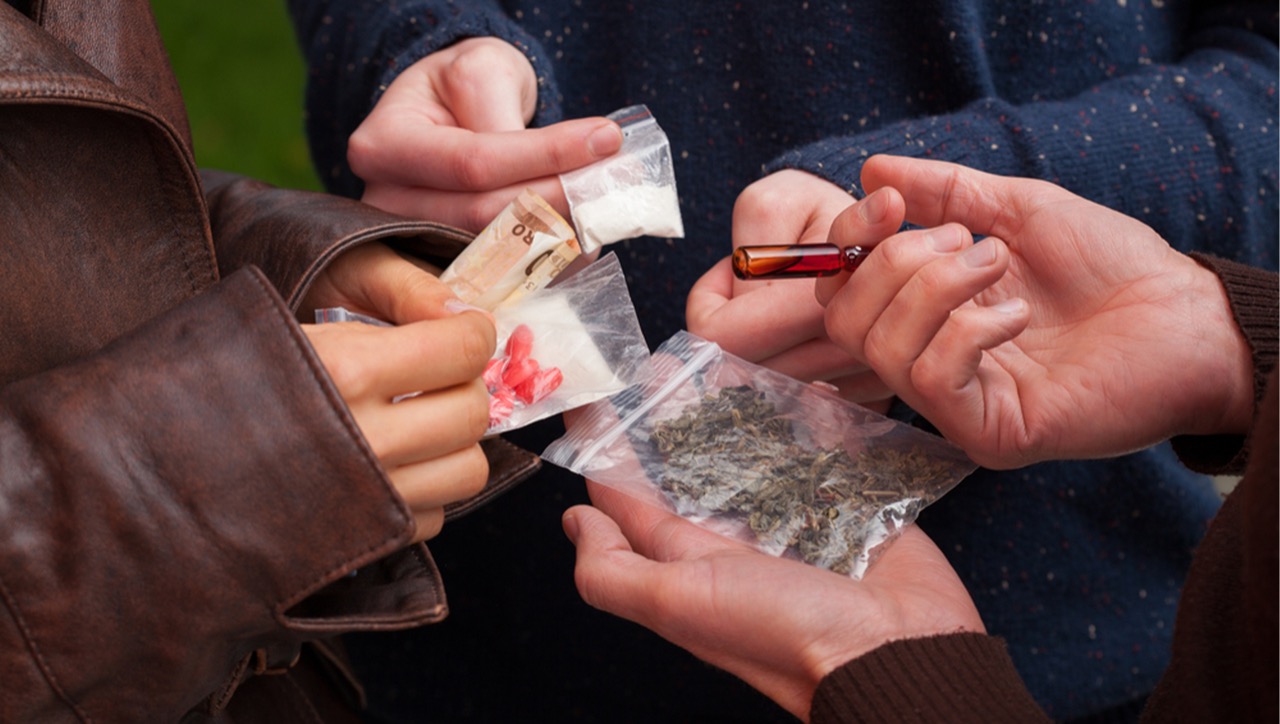NEW DELHI: It might not leave a good taste but, historically, India has a long cultural association with cannabis. It was one of the most common drugs used in the country.
However, in recent times cannabis seems to have fallen out of Indians’ favour with heroin becoming a preferred choice. Opioid category drugs, like heroin, are becoming prevalent in the country. Opioid prevalence in the country is three times higher as compared to the global percentage. Opioids are also associated with the highest rates of disease, death and disability.
Among the Indian states, the border states of northeast and Punjab have shown a higher percentage of opioid use.
As per a survey report by AIIMS and the Ministry of Social Justice and Empowerment, in the general population (10-75 years) prevalence of cocaine use is 0.10% while that of Amphetamine Type Stimulants is 0.18%. However, cannabis (2.8%) and opioids (2.1%) show higher prevalence.
Dr Atul Ambekar, professor, National Drug Dependence Treatment Centre and Department of Psychiatry, All India Institute of Medical Sciences, New Delhi told The New Indian, “Notable feature of drug use trends and patterns in India is the variability and diversity across different states and regions. In general, the northern part of the country is affected more by opioid use, particularly the northwest and northeast regions. While it is true that some states in India legally cultivate opium (UP, MP and Rajasthan) and there may be some social, and cultural acceptance of the use of opium, these states have far lower rates of opioid use disorders. So clearly it is not the homegrown opium but the internationally trafficked heroin which is the major factor for rising prevalence in India.”
“The rates of use of cannabis (ganja/charas) and heroin are almost equal, perhaps indicating that cannabis use has been controlled in India at the expense of higher heroin use,” added Dr Ambekar.
“Interestingly in India, the decades after the enactment of the Narcotic Drugs and Psychotropic Substances Act, 1985 – which completely banned and criminalized cannabis products like ganja, a relatively less addictive substance – witnessed a rise in the use of heroin, which is very harmful and addictive. Heroin has reached almost everywhere in north India,” Dr Ambekar observes.
Doctors said that they get patients from small towns and even villages from UP, Punjab, Haryana and other north Indian states which suggests that the heroin market had made inroads into the interior areas.
Data shows that the majority of cases booked under the NDPS Act are people who use drugs (i.e. accused of either using or possessing small quantities), not drug traffickers. Such people need help, support and compassion. Simply branding more people as criminals does not ‘reform’ the affected people in any manner but further increases the stigma and misery in the society, the expert observes.
Nasha Mukt Bharat Abhiyan, which is celebrated on June 26, under the Ministry for Social Justice & Empowerment, the only National Action Plan for Drug Demand Reduction, seeks to reduce the demand for drugs in society. The program has all the necessary components – awareness generation, capacity building and scale-up of treatment facilities – to fight the drug menace.
However, the key will be to make sure that the program activities cover wide areas of the country and more importantly the activities need to be sustained.
“One-off ‘events’ are good for short-lasting visibility but we require prevention and treatment programs which are evidence-based and are sustained for a long term,” Dr Ambekar observes.
Dr Rajiv Mehta, consultant psychiatrist, Institute of Psychiatry and Behavioral Science, Sir Ganga Ram Hospital, opined that cannabis is growing faster than opioids.
“Opioid consumption is growing, but it has not surpassed smoking and alcohol. Weed is also very popular among young adults and cheaper. However, If they have more money they will consume Opioid and with less money, they will move toward cannabis,” Dr Mehta said.
According to the mental health expert, more than 50 per cent of the opioid affected people come on their own to seek medical help. And among cannabis 90% of the people are brought by family to the doc and only 10% comes on their own.
As there are no guidelines for the rehabilitation centres, there are very few good options but they come with a cost. Most of the centres limit themselves to giving punishments to drug addicts.
“Mental health issues are increasing steadily, which is a major concern. But since the COVID times, we have started talking about it more, which is a good thing,” the doctor observes.










